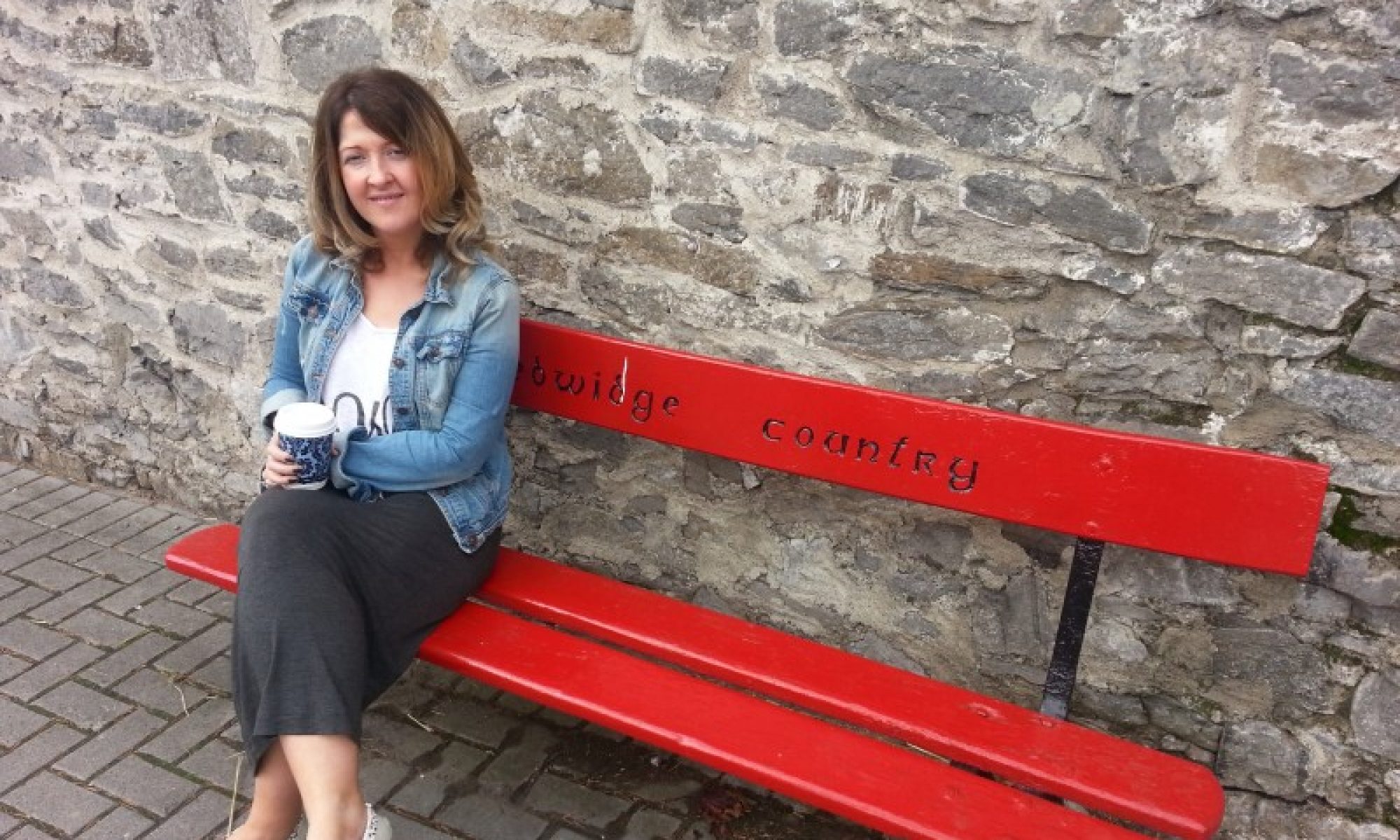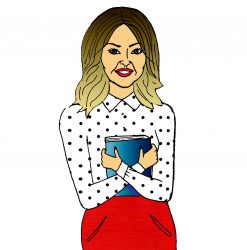The prompts below may or may not have been my original idea. I will say where I got the prompt from if it is from a workshop or website. Let’s share! If you were the inventor of the writing prompt and have it trademarked, please let me know and I will give you credit or take it down.
Ideas for creative writing
Free Writing
This is also known as brain-dumping or free association. It involves the simple task of setting a timer and writing for 5 minutes. Free writing is a prewriting technique in which a person writes continuously for a set period of time without regard to spelling, grammar, or topic. It produces raw, often unusable material, but helps writers overcome blocks of apathy and self-criticism. It has also been linked with the activation of the creative parts of the brain!
Guided Free Writing
This is similar to the free writing technique but a prompt of some sort is given. I often use newspaper articles, objects, photos, lists or sentence starters to begin this process with my groups of students and again, write for 5 minutes but set a clock and go for it!
Setting
Part One-making notes
- Choose the place you want to write about-a place you know well.
- Write down the basics of the place’s geography, landscape, and physical features.
- Write about the sense that you have of the place: Why do you have this sense? Why do you feel like this?
- Describe the people who occupy this place: what actions, habits, or things first come to mind?
Part Two-writing the paragraph from your notes.
- Start with a wide frame of the place you are looking at. (For example, Wexford)
- Zoom into the specific place where the story is set. No more than four sentences. (For example, Clonegal or the character’s home)
- Transition to the people now.
- Drive home the sense that you have of this place with the people’s actions or habits.
- When you finish this paragraph, you might be ready to write a story. Or hopefully you’ll have some good sentences about setting.
Look at the opening paragraph of Claire Keegan’s Foster short story. She does the above superbly well. Naturally.
People and possessions-the things we own.
The purpose of this exercise is to give you practice in creating a character through thinking about their possessions, especially items that might be important to the owner.
Here’s a list of objects:
- withered rose;
- business card;
- A smashed up mobile phone;
- A silver baby spoon;
- bottle of cough medicine;
- Black hair dye;
- fortune-telling cards;
- jar of sharpened pencils;
- A packet of cashew nuts.
Invent a character who owns these things. Write up a paragraph about the character, bringing some of the objects into your description.
Photographs
The National Geographic have some very motivating photos to spur you on if you need to write! Check out the yearly awards here http://travel.nationalgeographic.com/photographer-of-the-year-2016/gallery/winners-all/1

